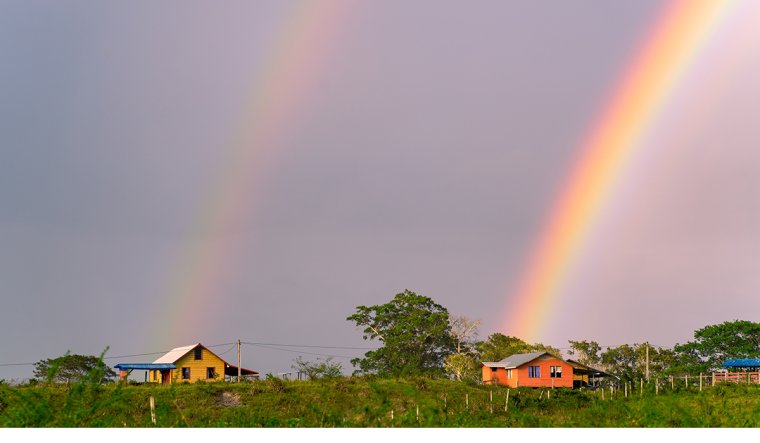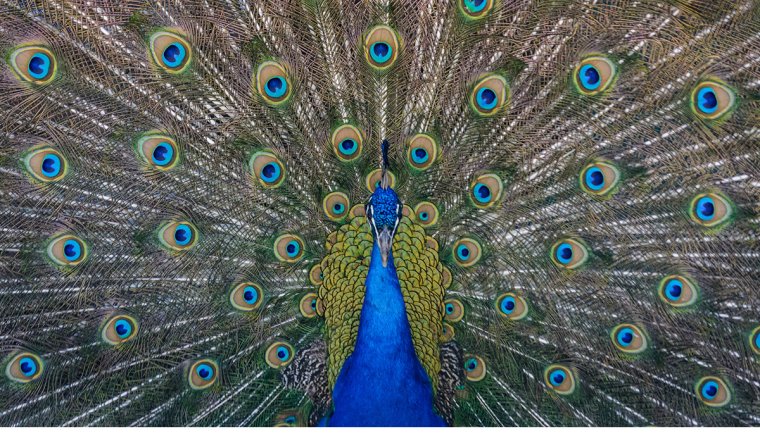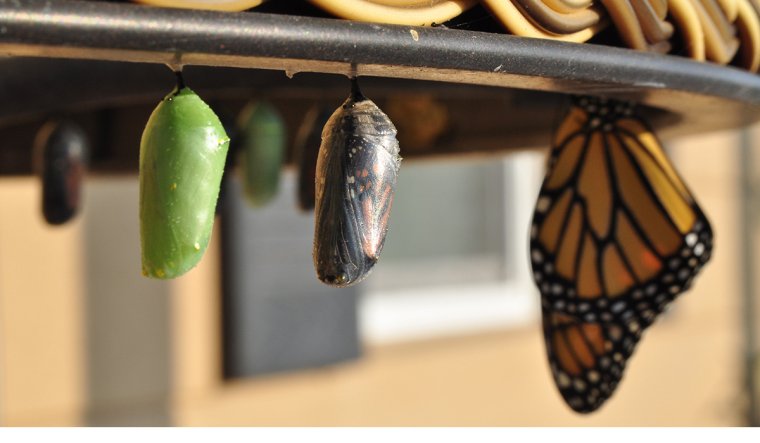In our Craft Capsules series, authors reveal the personal and particular ways they approach the art of writing. This is no. 170.
I have asthma. I also smoke occasionally.
Someone once told me that British poetry is dictated by the heart—stress sounds, the iambs, the beat, ending with hard consonant sounds—while American poetry is dictated by the lungs: breath as measurement, breathlessness as energy and arousal, pause as suspense, rest as exhaustion, enjambment. If the lungs are our organ, what then can we make of their rooms, chambers, secrets? What can we know of their capacity?
My lungs and I have been in a tug-of-war all my life. I’ve been hospitalized before, unable to breathe. Luckily now I’m on the right meds and, for the most part, I’m okay. But I also test my lungs. I didn’t smoke for sixteen years and then picked up the habit again last summer, just at parties or the rare morning coffee. I’d say these days I smoke about three skinny Italian cigarettes a week, and I’ve begun to notice slight changes in my lungs—which matters, it turns out, for my poetry, since I read fast. I read with adrenaline; my lines are, in fact, in a compositional dance with my breathing organ. My rhythm is entirely based on my lungs. My lines, often erratic and frenetic, have in the past simulated my erratic and frenetic breathing. If I can’t get to the end of a certain line in a poem in one breath, I know my lungs are in trouble.
In Pacific Islander poetry, breathing is an important method of self- and shared knowledge. The Hawaiian tradition of sharing breath, for example, is a form of greeting that allows the sensory exchange of air and scents between people rooted in a sense of continuity and connectedness. In “Breath as Metaphor of Sovereignty and Connectedness in Pacific Island Poetry,” Otto Heim argues: “Attention to breathing thus concretizes a conceptualization of knowledge that emphasizes awareness of a relationship with a living environment, interdependence, and causation.” Heim goes on to discuss the Samoan idea of Va which, loosely translated, refers to the relationality between objects, such as the space-in-between the heart and belly (lungs!). To Samoans, this space is considered a cosmic center with “ancestral energies” and “a circular time/space continuum,” where a sense of the “presence and precedence of other life” resides, writes Heim. Va characterizes a “dynamic sense of connection” and the “ecological worldviews of Oceania” as well as notions of Hawaiian sovereignty whereby the same word for “sovereignty, rule, and independence” means “life, breath, vapor, gas, breeze, spirit.” In other words, a poetics from Pacific Islander indigeneity teaches us that breath is shared and mutual, present and ancient, and connected to the rhythm of our lives.
This idea is integral to an exercise I do sometimes with my college writing students. First, I make them watch this video of the visual artist Mimi Cabell reciting the phrase “I love you” over and over again. In it the artist rocks back and forth, keeps saying the words on repeat until she runs out of breath, takes a deep inhale, and keeps going for nearly nine minutes. It’s transfixing to watch. At first the “I love you” feels tender. Soon, the phrase takes on a range of emotional valences. It sounds menacing, full of exasperation, or banal. It’s a great lesson in the function of repetition for students, and it has also had me wondering about lung capacity and the lessons I learned from reading about Pacific Islander poetry.
In the next part of my exercise, I tell my students to take out their phones and record themselves saying “I love you” over and over again in a single breath, noting the time. I myself last thirteen seconds. Most of my students last a bit longer, and a few of them (swimmers, I imagine) can go to around thirty seconds. I then tell them to multiply the number of seconds they can hold the phrase “I love you” by three, since that phrase is three monosyllabic words, to come up with a number that will guide a composition exercise. That number represents how many syllables they can include in each stanza of a poem of at least three stanzas they will write. When they recite the poem later, they have to do so in exactly three breaths. My own stanza length lands at thirty-nine syllables. I wrote this on the fly according to the rules of my exercise:
Bet the boy in elm grove
held the might of gods
and when green crown fell
from his head, he ran
to the sea to stop the wave
of time, to care for me
and what of it? He
who chose to know
land, could not swim
or step on sand, could
not call or bow to
queen, how sad, how
wild, the skin of each
sea girl, a witch, a lake
a pool of blue, he knew
he would drown to give
up stone, a grove of trees,
some dead, but still, his
own, poor boy was slow
to own his gills, the chilled
thrill of float, his will
to stand on two feet:
hard, sown.
The students adore this exercise. Why? They learn something about their insides. Before this, they had no sense of their lung capacity, or—maybe even more telling—they had no sense of how embodied the craft of breath is to poetry. When they read their poems aloud, they usually whiz through the first stanza without any labor, but they’re wheezing by the last one. I can’t tell you how many students have asked me, How do I know when to break a line? Or they ask, point blank, What is a line made up of, anyways? There have been countless articles, theories, and traditions that attempt to answer these questions. Syllabic fidelity. Formal rules. But for me, my best poems occur when the line is dictated by my lungs, and that is deeply personal, subjective, and sometimes changes on the day or according to my lifestyle. They are my instrument and conversational organ.
Megan Fernandes is a writer living in New York City. Her work has been published in the New Yorker, the American Poetry Review, Ploughshares, among many other outlets. Her third book of poetry, I Do Everything I’m Told, was published in June by Tin House. She is an associate professor of English and the writer-in-residence at Lafayette College in Pennsylvania.
Art: Joseph Hersh

















































